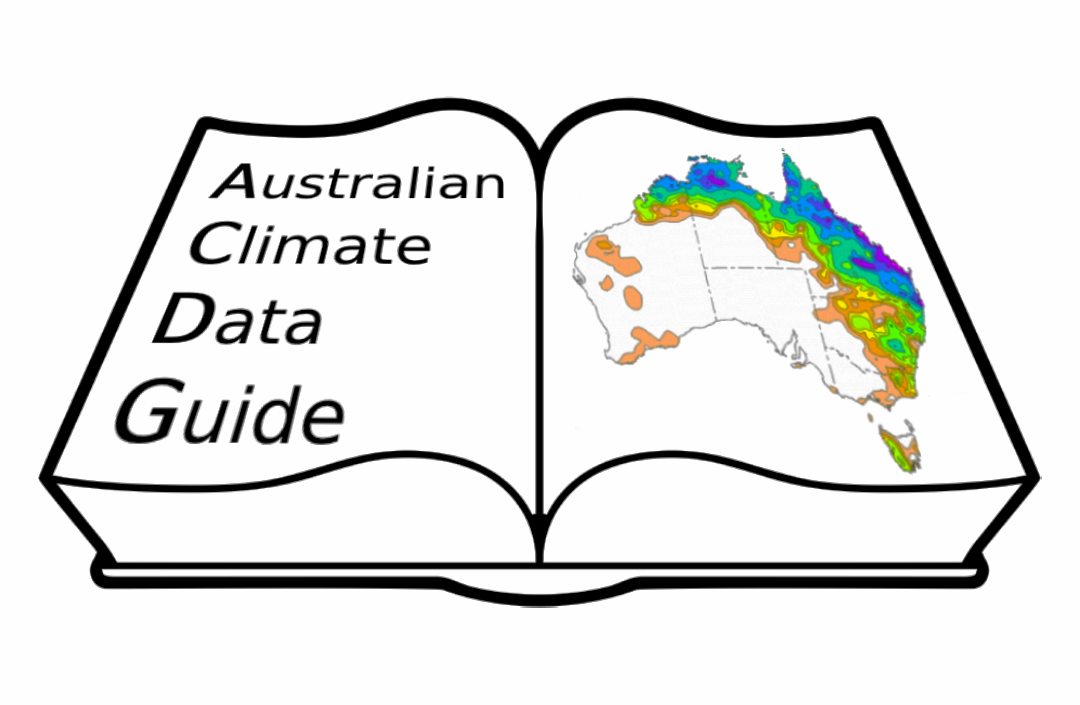Open Access License#
Often researchers assume that if sharing their data or code freely, a license is not needed. However, making data freely available to others doesn’t mean that it shouldn’t be established clearly in which way it can be used. This is where open access licenses come in handy and therefore different flavours of the same open-access license exist.
Licenses are really useful for both the “data” creator and the user; they help a potential user to work out quickly if the data is suitable for their intended use and help them citing and using the data in the way the creator intended. This page summarises some licenses commonly used in the climate community. For a much more detailed view of these licenses, the Australian Research Data Commons (ARDC) has a comprehensive guide which also covers copyright.
The important thing to understand about copyright is that it is usually held by or shared with the researcher’s institution. Projects or consortiums are not a legal entity, and the author institution has the Intellectual Property of their work. In cases of collaborative projects among different institutions, often who will be holding the copyright is determined before the start of the project. When a license is applied to the data, this is done on behalf of the institution. Most institutions have an open-access policy and are fine with an open-access license unless there are particular circumstances around the data, for example, if it is already covered by an agreement or is of a sensitive nature. If in doubt, it is good to check with the institution research office if they are fine with the chosen license.
Common license rules#
Before looking at the different flavours of licenses, it is essential to understand what they are covering. First, these are all open-access licenses so by applying one of them, free access is given to the data, which means that anyone can use the data without being charged for it. However, the author can regulate how a potential user can access and use their data. Usually, a license will cover some or all the following points:
Attribution: a user is required to cite and/or acknowledge the data, this is usually included in any license. It is important to share the information on how to cite the data.
CC-0 license
The CC-0 license is a noticeable exception to this. This license is basically a waiver of the author’s copyright. Recently, some data publishers argued in favour, or even imposed, the CC-0 license, as the most open access license. However, a researcher or student should be aware that they are not the copyright owner and so should first check that the institution, who usually is the copyright owner, agrees before this license is applied.
Commercial use and/or research use: limit the use of the data to research only or exclude any commercial use of the data.
Distribution vs private use: if a user can distribute the data or can only use it for their own work.
License and copyright notice: a copy of the license and copyright must be included with the data or software.
Modification: a user can modify, augment, or transform the data to create a new product.
Same license: the dataset or software resulting from modification of the original must be distributed under the same license, so they cannot restrict the use of their derived product.
No-Derivatives: if a user modifies, augments, or transforms the data in any way they cannot redistribute it. This can be changed of course if they get in contact with the creator and the creator allows an exception. In fact, this clause is often added only so the creator can be kept informed on how the data is used rather than a strict restriction on derivatives.
For simplicity the term data was used in the above points, however the rules can be applied to any research product. The following two points instead, apply only to software:
Disclose source: source code must be made available when the derived product is distributed
State changes: any changes made must be documented
Finally, licenses usually contain a disclaimer to cover warranty and liability, i.e., that the data or software is provided “as is” and that the copyright owner cannot be considered responsible for any damages derived by using the product.
Note
CC-BY 4.0 There are a lot of different flavours possible. Usually, most licenses cover “attribution” which is the most common reason to apply a license: to get your work recognised! If unsure about which license to use, we advise using the International CC-BY 4.0 license.
